Order: Bucerotiformes. Family: Bucerotidae
Taxonomic Notes
Lophoceros nasutus (del Hoyo and Collar 2014) was previously placed in the genus Tockus.
Description
45 cm. Grey body, head, flight feathers and long tail are darker. White line down each side of the head and one on the back (visible only in flight). Long curved bill (black in male, female has red mandibles). Small casque and a creamy horizontal stripe.
Immature birds are more uniformly grey.
Distribution
Occurs throughout the savannas of sub-Saharan Africa. In dry mixed bushveld, savanna and thornveld in northern part of South-Africa, excluding Cape provinces. Also found in north-eastern parts of Namibia, Botswana, Zimbabwe and Mozambique.
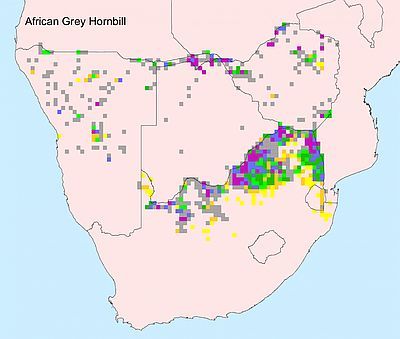
Habitat
Wooded savannas and woodland, wooded gardens and alien tree plantations.
Diet
It mainly eats animals, such as birds eggs and nestlings, insects, rodents and frogs, supplemented with small fruit. It mainly forages by flying to different bushes, catching prey as it moves; it may also grab animals on the ground.
Breeding
It usually nests in natural holes in tree trunks or branches; once a site has been selected the female seals it from the inside with her own faeces. Most of its nests have a "chimney" or "funk-hole", which is a tunnel leading out from the cavity that the female moves into if it feels threatened. It occasionally nests in rock crevices, barbet-made tree holes and nest boxes. Egg-laying season starts after first strong summer rains, peaking from October-November. It lays 3-5 white eggs at 1-7 day intervals, taking about 6-10 days to complete the clutch. Incubation is done solely by the female for about 24 days, fed by the male through the small entrance slit. The chicks stay in the nest for 43-49 days, although the female leaves when the oldest chick is 19-34 days old, after which the chicks reseal the entrance. After fledging the young join their parents on foraging trips, becoming fully independent a few weeks later.
Call
The call is a thin piping plaintive series of notes delivered with the bill pointed skywards phe, phep-hee, pheephee, pheeoo, phew, pheeoo-pheeoo. Listen to Bird Call.
Status
Common resident.



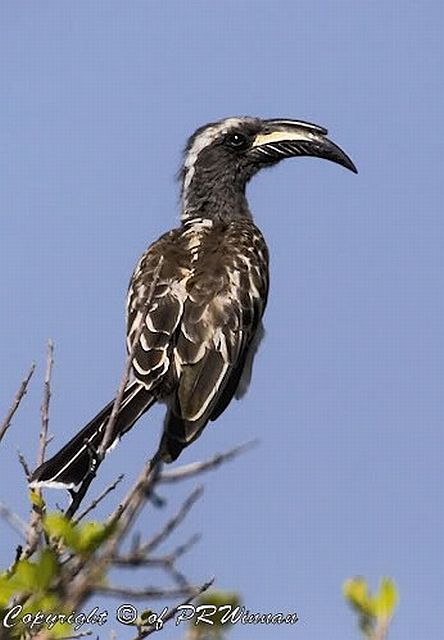
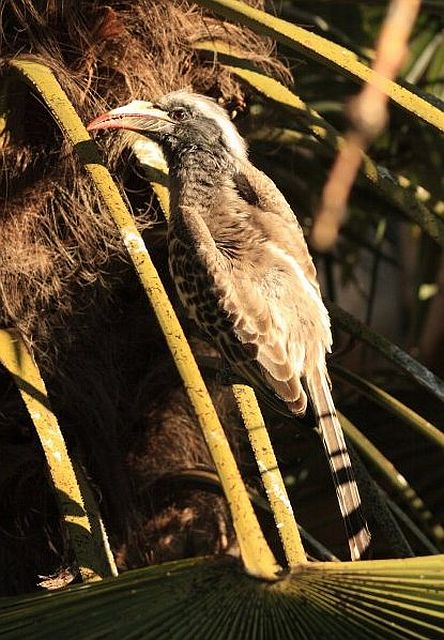 © Flutterby
© Flutterby © Pumbaa
© Pumbaa © BluTuna
© BluTuna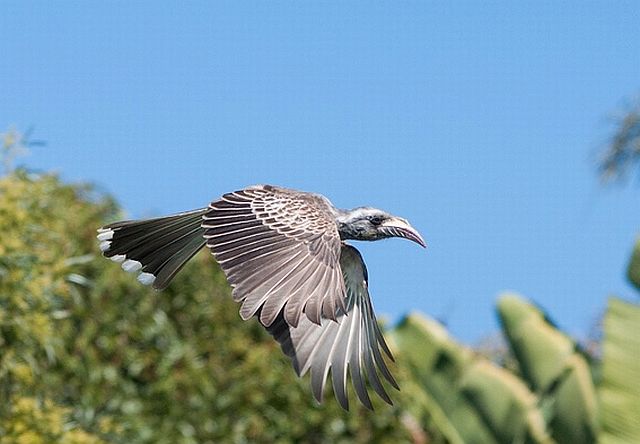 © steamtrainfan
© steamtrainfan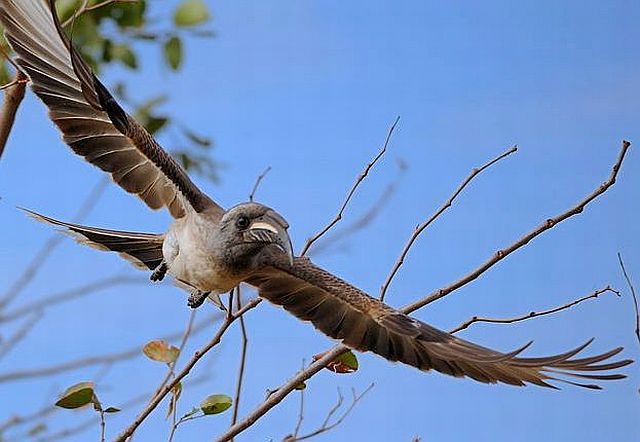 © Dewi
© Dewi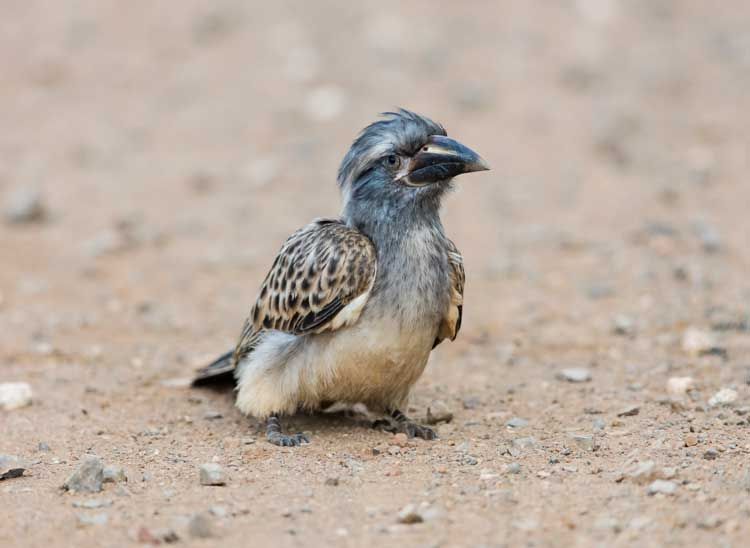
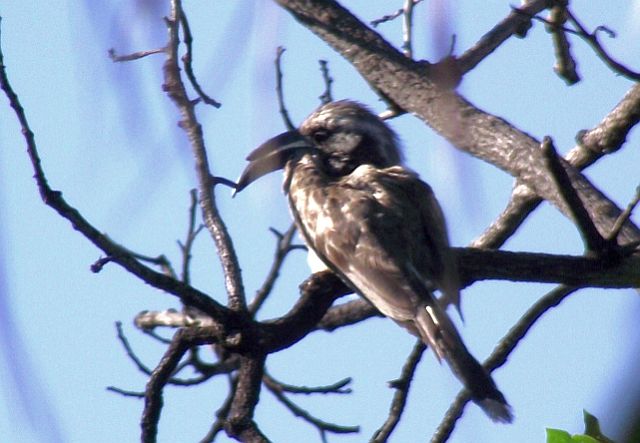 © mposthumus
© mposthumus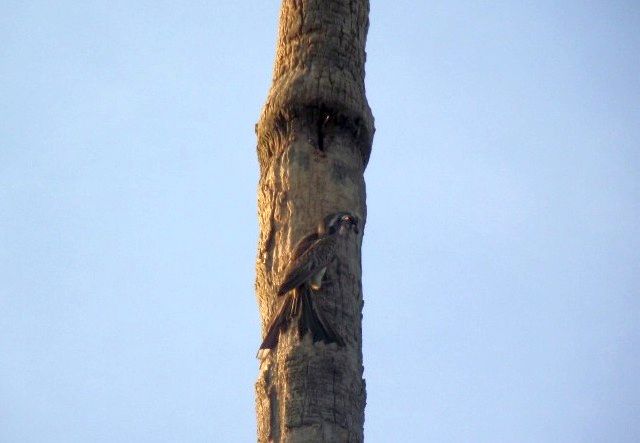 © mposthumus
© mposthumus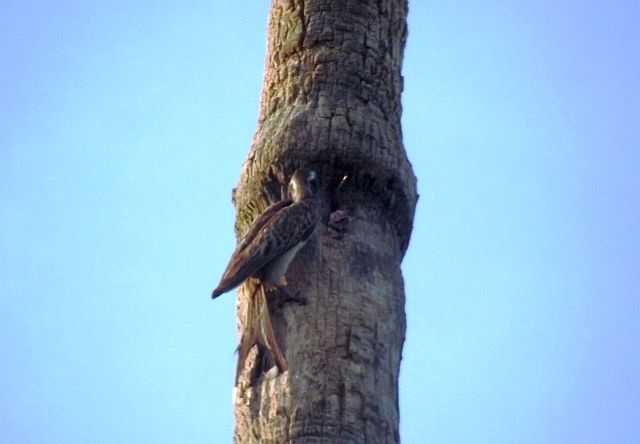 © mposthumus
© mposthumus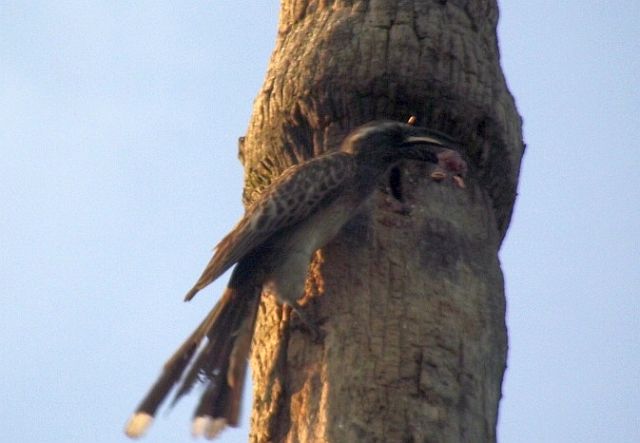 © mposthumus
© mposthumus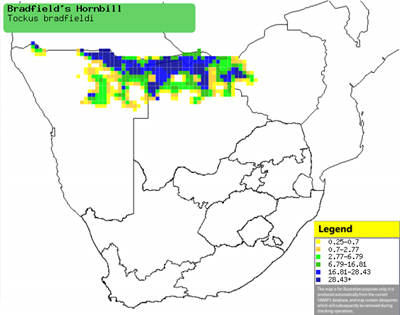
 © Dindingwe
© Dindingwe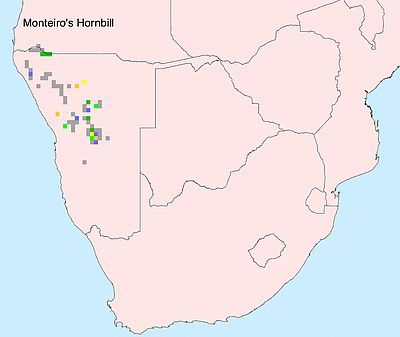
 © Michele Nel
© Michele Nel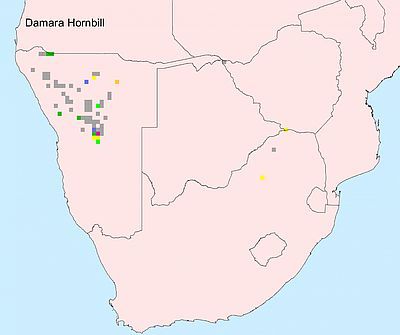
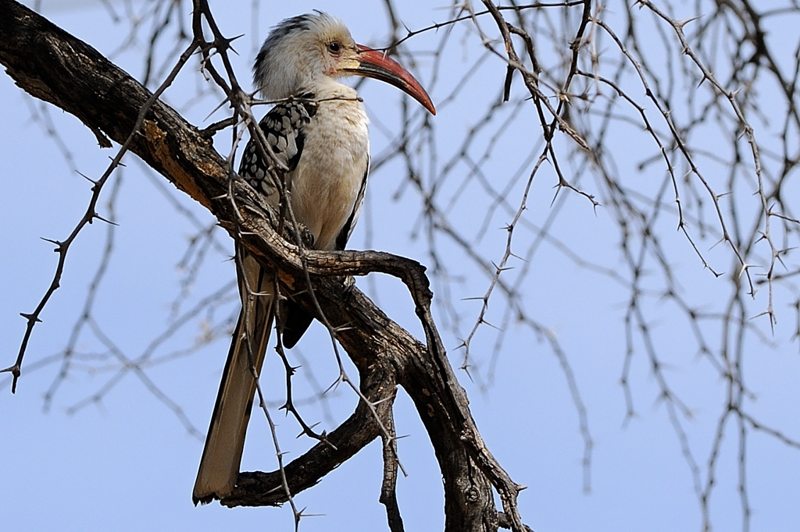 © Dewi
© Dewi © puppy
© puppy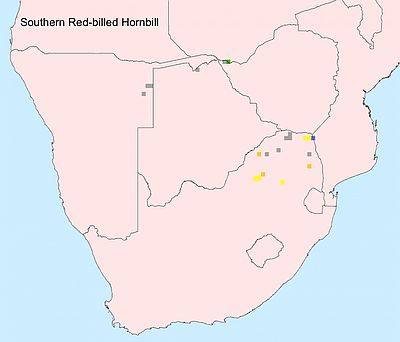
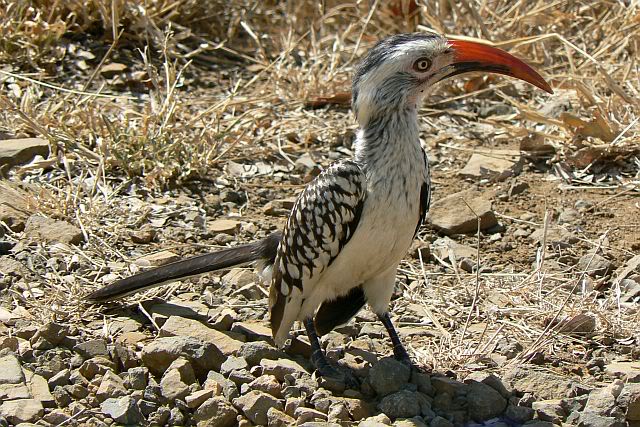 © Toko
© Toko © Pumbaa
© Pumbaa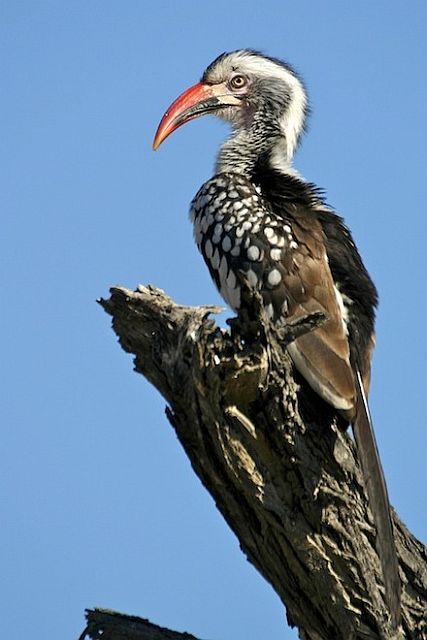 © ExFmem
© ExFmem © Penga Ndlovu
© Penga Ndlovu